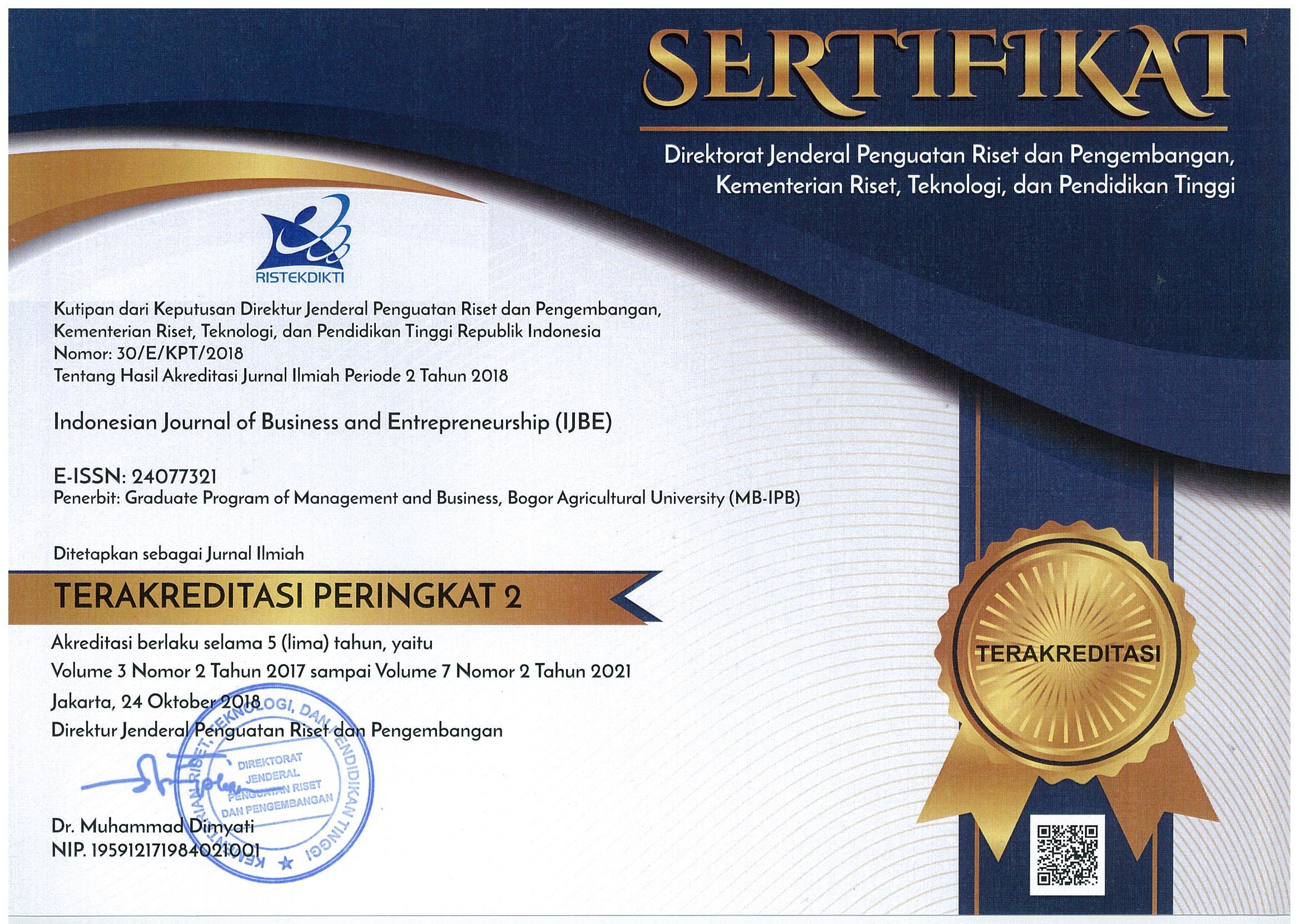Strategy of Business Digitalization of Micro, Small, and Medium Entreprises (A Case Study of Cultive Apparel)
Abstract
Transformation needs to be carried out by various scales of business including Micro, Small and Medium Enterprises (MSMEs). Cultive Apparel is one of the clothing MSMEs that has experienced a decline in business performance since digital development. This study aims to analyze the causes of the gap between actual and expected conditions, identify and map business environmental factors, and formulate digital business strategies. Data analysis use spider web, IFE and EFE analysis (PESTEL and 5 Forces Porter), IE matrix, and QSPM Matrix. The results show a gap in the lack of product promotion activities in the digital. The main strength lies in the product brands that are known by consumers. The biggest weakness is the limited human resources. The greatest opportunities for a price match with suppliers and consumer loyalty. The biggest threat to suppliers who carry out direct retail sales to consumers and price wars. IE matrix shows the company is in quadrant II. Strategies that can be carried out in this quadrant are intensive and integrative strategies. QSPM matrix showed that the company should develop the market. Managerial implications are carried out by improving digital infrastructure, improving operational capabilities, developing market segments, and increasing the intensity of digital marketing.
Keywords: business digitalization, fashion, industry 4.0, market development







